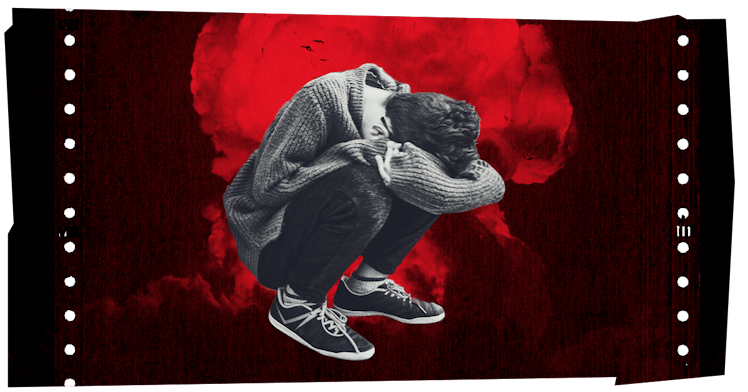What is Conduct Disorder in Children?
As kids get older out-of-control behavior can become indicative of this complicated and intense psychological condition.

It can be scary when a kid seems to be out of control on a regular basis. Some parents may find ways to navigate these challenges with younger children, but as kids get older out-of-control behavior can become indicative of conduct disorder — a complicated and intense psychological condition.
Psychiatrist and author Dr. Lea Lis has seen conduct disorder in kids frequently in her medical practice. She notes that there is help for parents. But it’s necessary to understand what conduct disorder in children looks like and how to treat it.
What is Conduct Disorder in Kids?
Conduct order isn’t something that develops all of the sudden. Instead, it consists of a confluence of conditions that have intensified over a period of time. “Usually it starts with Oppositional Defiant Disorder, which is a combination of ADHD, and impulsivity,” explains Lis. “And then you get defiance and oppositionality and breaking of rules.”
When all of these factors peak together in the preteen years, kids begin to disregard rules and social standards, and instead turn to antisocial behavior. More than a one-off or a rough patch that a lot of parents face at some point with their adolescent children, a child with a conduct disorder engages in risky and dangerous behavior almost habitually.
The list of behaviors associated with conduct disorder are downright frightening. “We are talking about things like violent outbursts, sneaking out or coming home late at night without parental permission, fire setting, injury to animals, lying, substance use or other risky behaviors,” Dr. Lis says.
What Causes Conduct Disorder in Kids?
According to Johns Hopkins Medicine, one cause of conduct disorder is experiencing trauma, which can lead to depression, behavioral problems, or attachment to unhealthy peer groups. Neglectful parenting, abuse, or a specific and intense traumatic event are all examples of what kids who develop conduct disorder may have faced while young.
But it’s also possible that issues with the brain’s frontal lobe contribute to conduct disorder. That’s the part of the brain that helps people stay away from harm and learn from negative experiences. “Experts in our field have come to really believe that 1% of the population is just born antisocial, like their brains are different. And we’re trying to figure out the genetic and hardwiring factors to that,” Dr. Lis says.
Conduct Disorder Treatment Options
“First of all, you’ve got to get a psychiatric evaluation to determine whether or not there are any, there aren’t any comorbid conditions that can be treated,” says Dr. Lis. Since conduct disorder is a confluence of factors, it may be possible to help kids with impulse control by treating their ADHD for example. Or if a parent has been neglectful in the past, it may be necessary for them to receive guidance, mentorship and therapy to grow as an engaged parent who can better support their child. But since each possible cause has different options for treatment, enlisting the guidance of a trained professional is imperative.
While diagnosis and treatment play out, a lot of parents are overwhelmed by the intensity of the situation. “If you’re doing all you can, and the child still has pretty significant developmental issues or a chronic disorder, it’s not your fault,” she says. “So you just have to know that you’ve done the best you can. Just be loving, practice self care, and get your own therapist.”
But Dr. Lis acknowledges that some parents may simply be unable to care for a child with conduct disorder in their home. In that case, they may do better in a therapeutic environment such as a residential school for the longterm health and safety of the child and/or their family.
“Those parents aren’t giving up,” Lis says. “It’s that the child needs more support than they can provide. These places, they can keep a really close eye on the kid, and they have therapeutic groups and counseling and the tools to really rehabilitate the child. So I don’t see it’s giving up, I just see it as they need a higher level of care.”